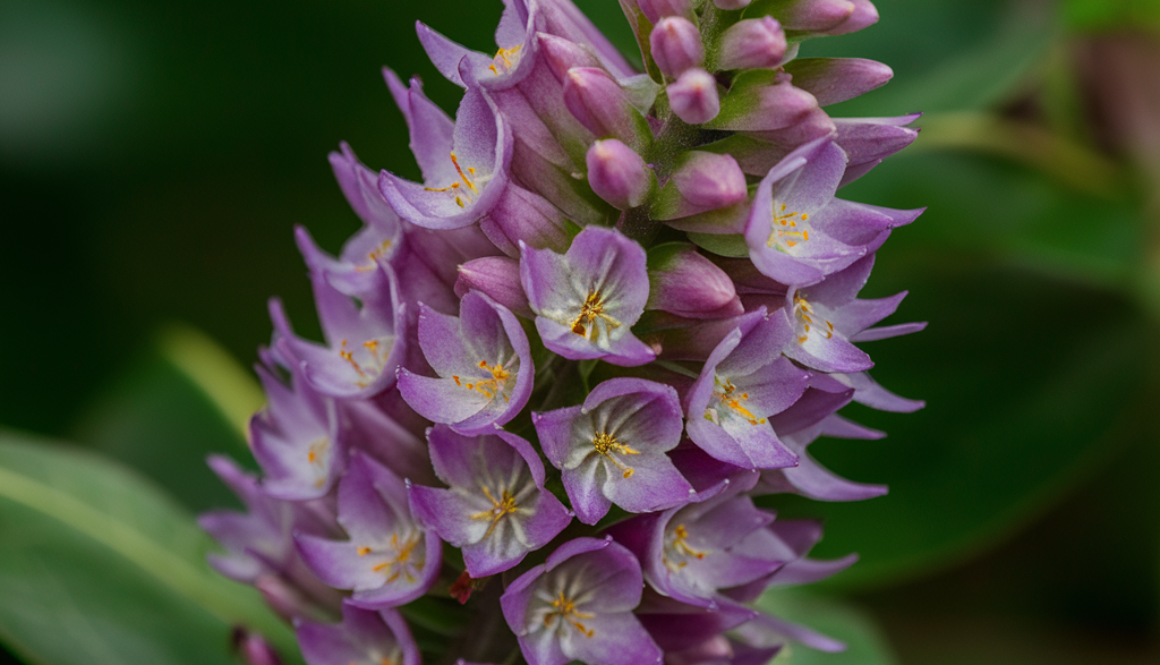Chaste tree
The chaste tree, scientifically known as Vitex agnus-castus, is a flowering shrub native to the Mediterranean region. Also known as monk’s pepper or simply vitex, this plant has a long history of use in traditional medicine for its potential medicinal properties. The chaste tree produces clusters of small, fragrant flowers and is valued for its ability to support women’s health and hormonal balance.
Part Used: The primary part of the chaste tree used for medicinal purposes is its dried fruit, commonly referred to as chaste berries or chaste tree berries. These small, dark berries contain bioactive compounds such as flavonoids, iridoid glycosides, and essential oils. Chaste berries are harvested and dried for use in various herbal preparations, including teas, tinctures, and capsules.
Usage: Chaste berries are traditionally used to support women’s health and hormonal balance, particularly during menstruation and menopause. They are believed to have a regulatory effect on the female reproductive system, helping to alleviate symptoms such as menstrual cramps, irregular cycles, and premenstrual syndrome (PMS). Chaste tree extracts are also used to manage symptoms of menopause, including hot flashes, mood swings, and sleep disturbances. Additionally, chaste berries are sometimes used to promote fertility and support reproductive health in both men and women.
Agrotechniques: Cultivating chaste trees requires a warm, subtropical climate with well-drained soil and plenty of sunlight. The plant is relatively low-maintenance and can tolerate a range of soil types, including sandy and loamy soils. Chaste trees can be propagated from seeds or cuttings, with planting typically done in spring or early summer. Regular watering and occasional fertilization promote healthy growth and flowering. Pruning can help shape the plant and encourage optimal fruit development. Harvesting of chaste berries occurs when they are fully ripe, usually in late summer or early fall. The berries can be harvested by hand and dried for use in herbal preparations. Overall, cultivating chaste trees provides a valuable source of natural remedies for women’s health concerns and hormonal imbalances.

